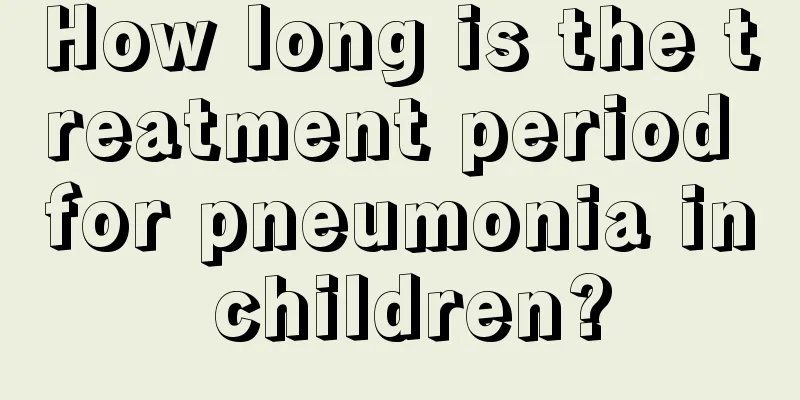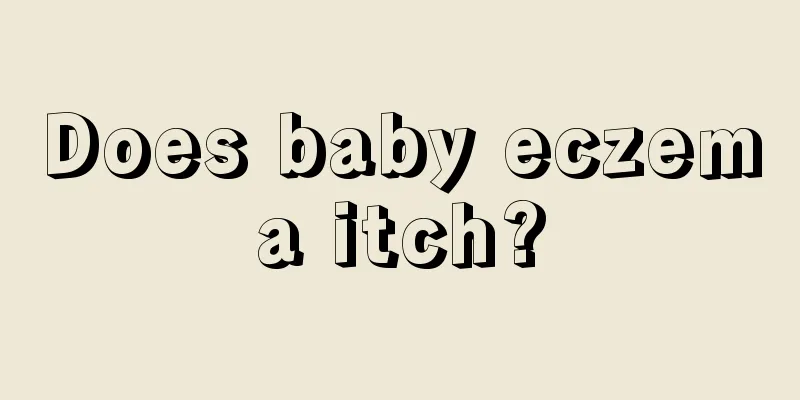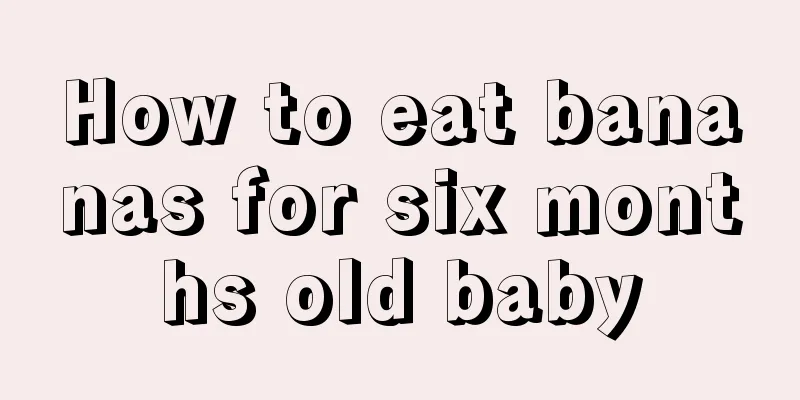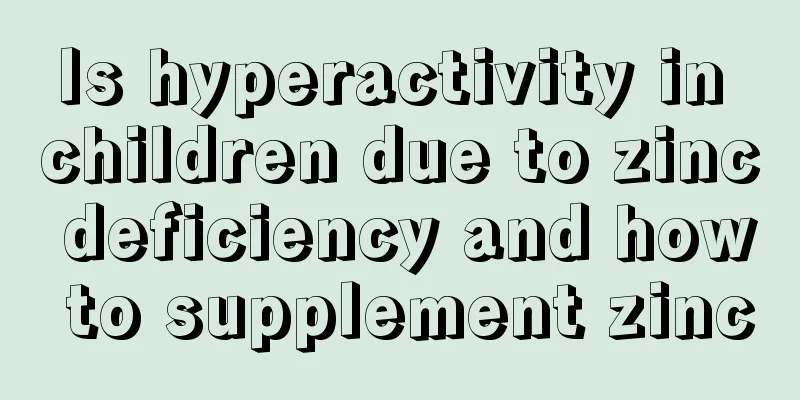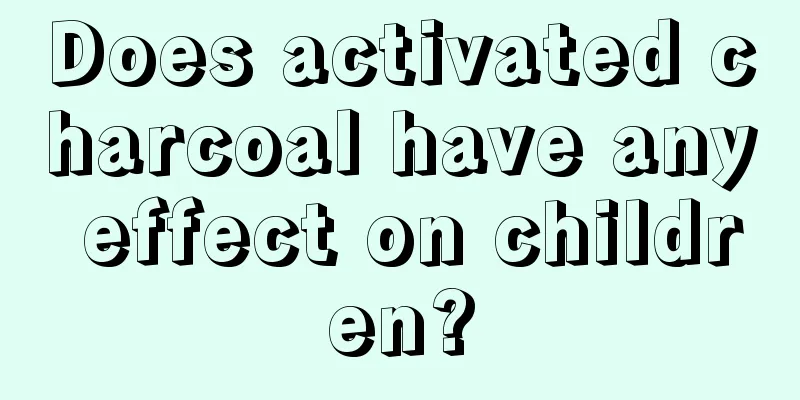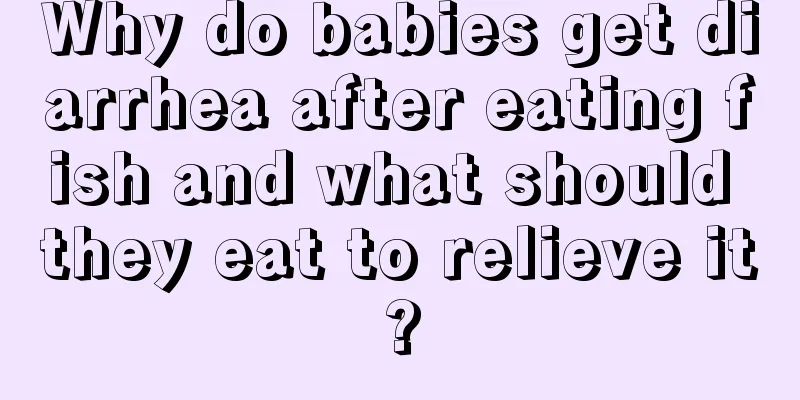Acute thrombocytopenic purpura in children
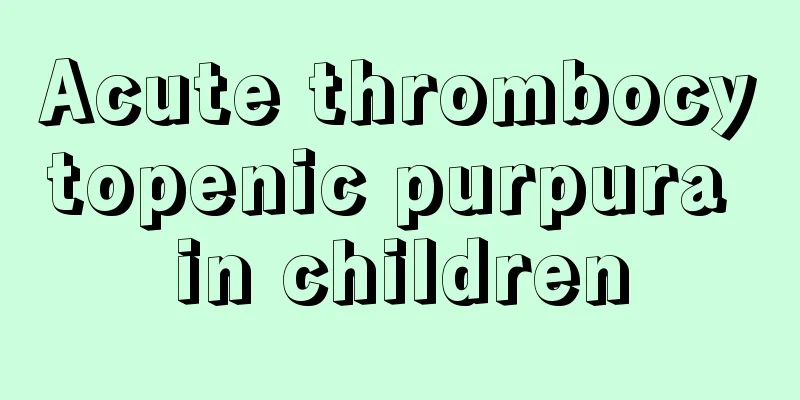
|
Children's physical health is an issue that parents are most concerned about. Once a child has one disease or another, parents will be very worried. Therefore, parents may wish to learn more about common children's diseases in daily life, so that once the child has a problem, we will not be at a loss and know how to deal with it. Some children are prone to symptoms of acute thrombocytopenic purpura, so how should acute thrombocytopenic purpura in children be treated. Acute thrombocytopenic purpura in children is a common disease in the hematology department. Because of its sudden onset, bleeding manifestations such as skin petechiae, ecchymoses, nasal bleeding, and gingival oozing are prominent, and parents panic and worry. Faced with parents who are eager to seek treatment for their children, some doctors give patients large doses of glucocorticoids, large doses of immunoglobulin, cyclosporin A, and even vincristine and cyclophosphamide, in an attempt to stabilize and relieve the condition as soon as possible. The feelings of the children's parents are understandable, and some doctors have good intentions. However, any disease has its own rules, and acute thrombocytopenic purpura is no exception. Some biological factors (such as viral infection, bacterial infection, etc.) and chemical factors (such as certain drugs, benzene) act on the body, causing immune dysfunction and the production of anti-self-platelet antibodies or other mechanisms that destroy platelets, causing platelets to be rapidly destroyed, resulting in a decrease in platelets in the blood circulation, and the destruction of normal hemostasis function, making bleeding prone to occur and difficult to stop. When the body is attacked by certain external factors, temporary immune dysfunction occurs, which is the result of the body's stress response. Case observations show that if children with acute thrombocytopenic purpura are given appropriate symptomatic treatment and closely observed at the onset, 80% of the children will recover on their own after 4 to 12 weeks. This means that the body itself or with appropriate drug intervention, can return to normal from the stress state after a certain period of time. The use of large doses of glucocorticoids and large doses of immunoglobulin G can reduce platelet destruction and rapidly increase platelet count, but this is not the result of the body's immune function returning to normal, but rather the result of the body's entire immune system being suppressed. When the pharmacological effects of these drugs disappear, the body's immune function has not returned to normal, and its own platelets will still be destroyed, and the platelet count will continue to drop. The effects of immunosuppressants such as cyclosporine A, vincristine, and cyclophosphamide are roughly the same. Immunosuppressants such as glucocorticoids, high-dose immunoglobulin, cyclosporine A, vincristine, cyclophosphamide, etc., which inhibit B lymphocytes, reticuloendothelial cell function, or T cell function, are used in large doses and for long courses in children whose immune system and other organ functions have not yet matured. The long-term effects are difficult to predict. The human immune system is very complex. The relationship between cellular immunity and humoral immunity, the relationship between immune cell subsets, how the body regulates various immune functions, and the balance between immune cell subsets are not yet very clear. Moreover, the development of children's immune system has not yet fully matured and their immune function is still in the improvement stage. Obviously, at this stage, it is inappropriate to give strong or long-term immunosuppressive treatment. Although this can suppress abnormal immunity, the suppression of normal immunity cannot be ignored. It is difficult to imagine that the body can coordinate the relationship between cellular immunity, humoral immunity and immune cell subsets under immunosuppression and achieve a normal balance. High-dose or long-term immunosuppressive treatment for acute thrombocytopenic purpura in children should be used with caution, and excessive treatment is not advisable for a disease that can mostly heal on its own. In the above article, we introduced what acute thrombocytopenic purpura in children is. We know that acute thrombocytopenic purpura is a type of blood disease. The above article analyzes the causes and treatment methods of acute thrombocytopenic purpura in children. |
<<: The 10 gifts that children want most, none of them are material
>>: Why can't girls be spanked?
Recommend
Two month old baby retching frequently
When I was two months old, I relied on milk powde...
Height and weight standard for a one and a half week old baby
We all know that many babies are in unhealthy con...
Baby has diarrhea and sour smelly stool
Babies often suffer from the adverse reaction of ...
What are the causes of night fever in children?
Children are particularly prone to fever at night...
What should I do if my child is frightened and has a fever?
Because children are unfamiliar with things in th...
What should I do if my child urinates frequently at night?
Urine is a metabolic behavior that the human body...
How to remove the red spots on babies caused by mosquito bites
Children's skin is relatively delicate. In th...
How often does a newborn baby poop?
How often does a newborn baby defecate? Newborn b...
How to care for newborns who sweat and prevent colds
Newborns have a relatively fast metabolism, and i...
How to treat chickenpox in children
Children are the people with the highest status i...
What to do if a 7-year-old child has tooth decay
Children usually go to kindergarten when they are...
Why do children's nails not grow long?
If children's bodies contain low levels of nu...
Is there a pattern in how children grow?
Parents are very concerned about their children&#...
Is it a big deal if a child has lymph nodes?
Lymph nodes are an important organ in our human b...
What should I do if my child has low immunity?
Compared with adults, children's immunity is ...
